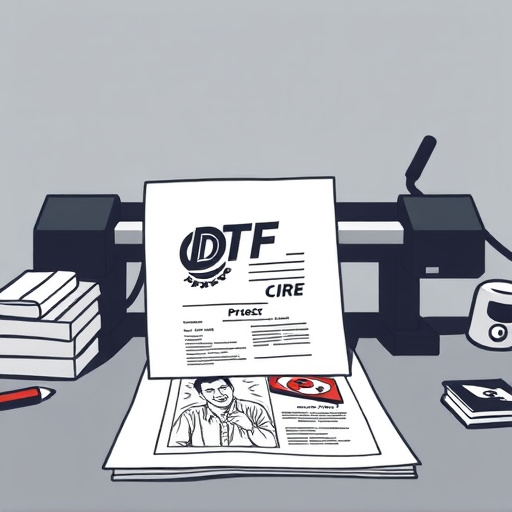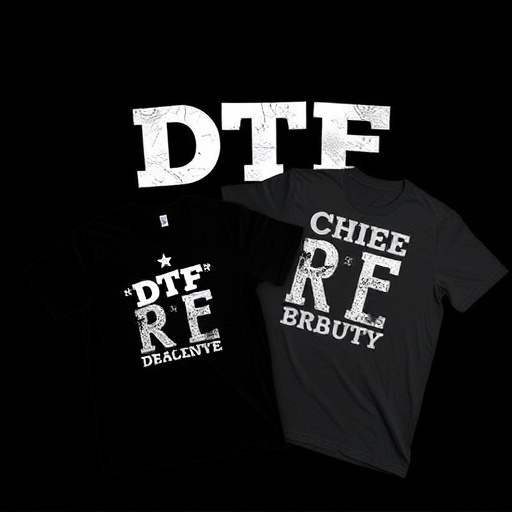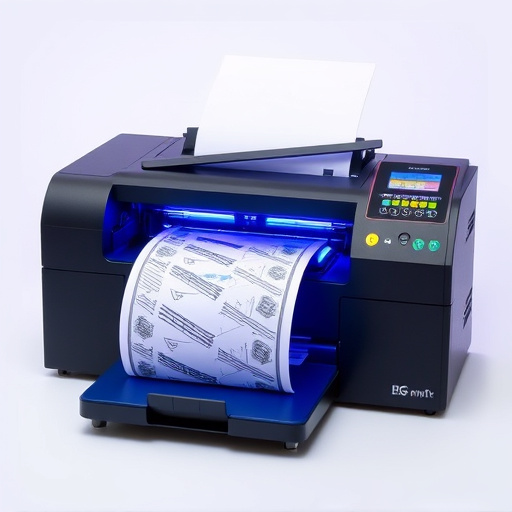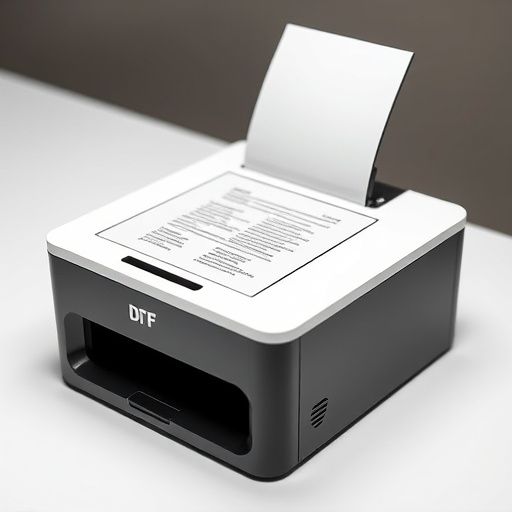DTF Transfer Sheets (Direct-to-Fabric) revolutionize textile printing with high-quality, intricate designs on various fabrics. They utilize heat and pressure for easy application and efficient production, suitable for custom clothing, home decor, and small batches. Online platforms simplify ordering with design choices and customization options. Proper storage involves cool, dry conditions (30-50% humidity), acid-free storage boxes or folders, rolling up sheets, and individual wrapping to prevent creases or damage from moisture, sunlight, and heavy objects. Correct handling includes avoiding sharp movements, direct pressure, and dust; use clean, dry hands or a soft cloth; and store them in airtight containers for longevity.
“Discover the art of proper DTF Transfer Sheet management with our comprehensive guide. DTF (Direct-To-Film) transfer sheets are essential tools in various industries, offering precise color reproduction and durability. This article delves into the intricacies of these specialized materials, providing crucial insights on storage and handling. From understanding their unique properties to implementing optimal preservation techniques, we’ll explore how to ensure your DTF Transfer Sheets remain in pristine condition for years to come, maximizing their utility.”
- Understanding DTF Transfer Sheets: Materials and Uses
- Storage Guidelines for Optimal Preservation
- Handling Techniques to Prevent Damage and Ensure Longevity
Understanding DTF Transfer Sheets: Materials and Uses

DTF Transfer Sheets, or Direct-to-Fabric (DTF) design transfers, are a revolutionary tool in the textile and apparel industry. These sheets are specifically designed for printing and transferring intricate designs directly onto various fabrics, allowing for high-quality, precise patterns. Crafted from specialized materials, each sheet typically includes a carrier film with an adhesive layer, enabling easy application to fabric surfaces. The process involves using heat and pressure to transfer the design, making it suitable for a wide range of fabric types and applications, from custom clothing to home decor items.
These sheets are particularly valued by professionals in the printing and design sectors due to their versatility and efficiency. DTF printing services have gained popularity for their ability to produce detailed, vibrant designs with minimal setup time, making them ideal for small-batch production or one-off projects. Online platforms now offer convenient dtf online ordering options, further simplifying the process for businesses and individuals alike, who can access a plethora of design choices and customize their fabric transfers as per unique requirements.
Storage Guidelines for Optimal Preservation

Proper storage is key to preserving the quality and integrity of DTF Transfer Sheets. These sheets are sensitive to environmental factors, so it’s crucial to store them in a cool, dry place away from direct sunlight and extreme temperatures. Humidity levels should be maintained between 30-50% for optimal preservation. Avoid stacking heavy objects on top of the sheets, as this can cause creases or damage. Instead, use acid-free, archival storage boxes or folders designed specifically for DTF designs.
Additionally, when not in use, DTF Transfer Sheets should be rolled up tightly to prevent wrinkles and folded edges. You can also consider using desiccant packets or silicon gel bags to absorb any moisture that might accumulate over time. If you’re storing them flat, ensure they are laid out with the design side down to prevent ink smudging or fading. For best results, especially when dealing with intricate dtf logo transfers or personalized designs, store them individually wrapped in acid-free paper for added protection.
Handling Techniques to Prevent Damage and Ensure Longevity

Proper handling is key to preserving the integrity and longevity of DTF Transfer Sheets. When manipulating these delicate sheets, it’s essential to exercise caution. Avoid any sharp movements or direct pressure that could cause tearing or damage. Always handle them by the edges, ensuring your fingers don’t come into contact with the active surface. Using clean, dry hands or a soft, lint-free cloth helps maintain their condition. Folding or rolling these sheets incorrectly can lead to permanent creases and damage.
For long-term storage, consider airtight containers or sleeves designed specifically for DTF Transfer Sheets. This protects them from dust, moisture, and other environmental factors that can degrade the material over time. Additionally, storing them flat, away from direct sunlight, ensures they retain their original shape and quality. When it comes to custom orders or online ordering, following specific application instructions is crucial. These guidelines are designed to maintain the precision and effectiveness of each transfer, ensuring a seamless experience for both creators and end-users alike.
DTF Transfer Sheets are valuable tools for various applications, from art projects to industrial uses. To ensure their longevity and continued effectiveness, proper storage and handling are essential. By following the guidelines outlined in this article—including understanding the material, implementing suitable storage methods, and adopting careful handling techniques—you can maintain the integrity of DTF Transfer Sheets, ensuring they remain a reliable resource for your needs.














